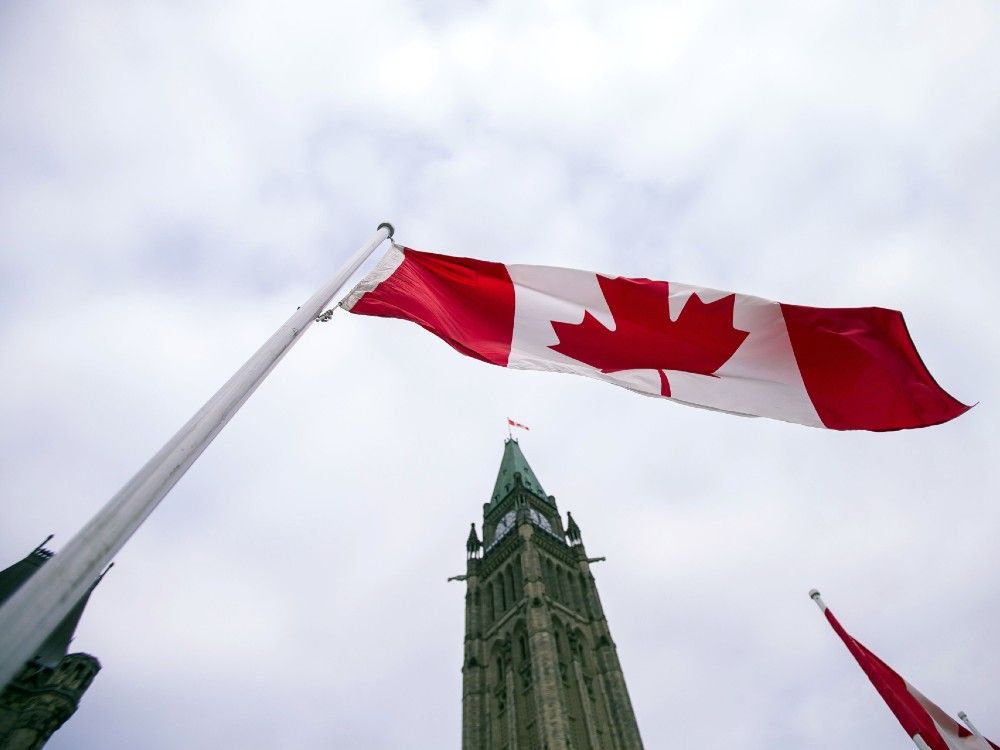- Reaction score
- 7,448
- Points
- 1,360
In my experience, there's some in the Indigenous community that see including Metis et. al. into the pigeonhole leading to fewer resources for everybody.When we started consulting with the Metis at the same level as the FN for Site C after a legal ruling, the Metis were giddy and the FN's were pissed, didn't even want to sit at the same table at first. The Metis quite liked the legal ramifications of being called Indigenous ...
On the other hand, I've also heard a joke of sorts where one Indigenous person says to another that if more groups are recognized, there's less bread available from the bakery that is Ottawa. The other responds saying Ottawa is, if nothing else, a bakery that can bake more bread when it wants to. Interesting tell re: both sides of the equation in that "joke".




